Ayora
Ayora surprises visitors because it offers a number of complementary attractions. The traveller will discover a town full of history, clearly manifested in the richness of its historical and artistic heritage and the legacy of human presence from its most remote manifestations. Along with this rich heritage, mention may be made of the richness and abundance of the environmental and landscape resources.
The urban centre of Ayora extends around the town’s castle, perched on a 640m hill populated with large boulders. Its urban centre is composed of various neighbourhoods which enable the visitor to appreciate the legacy of Ayora’s history.
Gastronomy:
Unquestionably, Ayora’s star product is honey. As Ayora is Spain’s largest honey producer, honey can be tasted in all of its varieties in every corner of the town. The dishes prepared with honey include:
– “El Aguamiel”. A dessert made with thin, elongated pieces of pumpkin baked in honey syrup and served cold.
– Lettuce with honey: tender lettuce leaves dipped in honey.
– Nougat “grullos”: made with flour, eggs and honey.
Other sweets and desserts include almonds, “suspiros”, sweet potato cakes, “torta de llanda” and marzipan.
Another of the star products of our cuisine is cured sausage. They have been produced in the traditional manner and in accordance with the highest levels of quality for years. The different varieties available include “longanizas”, “morcillas”, “chorizos” and a large etc. Among the wide variety of cured sausages, there are two specialities that are typical of Ayora: “Guarras” and “El Perro”.
It would be easy to continue discussing the virtues of local produce, such as the town’s desserts. Every local festivity has its own traditional dessert.
We can also highlight the “tortas fritas” (fried cakes) and sweet potato cakes.
Mention can also be made of our traditional bakeries.
But it is a better idea to invite you to the town’s Food Fair.
“El primer corte de la MIEL” Fair
This fair is held every October, allowing visitors to sample all the aforementioned products and the most typical dishes from Ayora and the nearby villages.
Places of interest:
Castle
This monument is located on an elevation in the centre of the town. Possibly built in the mid-13th century, following the Christian reconquest, atop an old Arab construction. The site consisted of a residential palace with four floors, two strongholds and a great keep, along with other areas for soldiers and servants, cisterns and gardens. The site was surrounded by almost a thousand metres of walls and defence towers.
The castle was left in ruins by the troops of Philip V during the War of the Spanish Succession, but its beautiful profile and large dimensions still evoke its historical presence. Its ruins include the keep, a square, the false door, commissioned by the Marquise of Zenete in the 16th-century and above which figure his coat of arms, as well as curtain walls, walls, round turrets, pits, tanks, etc.
Parish Church of Our Lady of the Assumption
The site, located in the centre of town, is a more than interesting compendium of the architecture created between the 16th- and 17th-centuries. The nave (42 metres long by 13 metres wide and 23.6 metres high) consists of five bodies, to which the area of the presbytery must be added. The side chapels located between the buttresses are separated by pilasters with Corinthian capitals, atop of which sits a large cornice from which the vault ribs emerge. Its interior houses splendid altarpieces by Yáñez de Almedina, a painter trained in Valencia by the disciples of Leonardo da Vinci. We also find oils, including El Ángel Tutelar de Ayora, by Vicente López, and a Gothic altarpiece with painted panels created by the Valencian School of the 16th-century, the members of which were related to the circle of the master Cabanillas.
Church of Saint Mary Major
The Church of Saint Mary Major is a gothic religious building that was built in 13th-century, extended in the 15th-century and renovated in the 18h-century. The church follows the typology of the so-called “reconquista”. It has a single nave with wooden roof set on diaphragm arches.
Saint Anthony’s CrossLocated at the entrance of the village when entering from Almansa. A Gothic cross marking the limit of the municipality, carved in stone and set beneath a protective aedicula that is raised on four columns. Its
construction is attributed to Miguel Molsós in the 15th-century. It is an octagonal stone pillar measuring over 2 m high, crowned by a cross. This upper cross bears a crucified Christ in the interior of one of its faces, and an image of the Virgin on the other.
“Hilo Rojo” Route
There many locations in Ayora worthy of note. The “Hilo Rojo” Route allows visitors to discover every corner of the town.
If anything characterises Ayora, it is the richness of its natural setting. Shortly after leaving the town we are able to enjoy nature, the mountain ranges and nature trails and admire a wide variety of native species and animals.
Natural Areas
La Hunde
To the northeast of the town of Ayora and at the foot of the “Sierra Palomera”, or “Muela de la Hunde”, range, some 875 meters above sea level, we find one of Valencia’s most important natural heritage sites. With the abundant flow of “la Fuente de la Cadena” spring, it makes for a very pleasant landscape, and one that is especially recommended for camping. It occupies a large, very-well maintained pine forest where there are fully-equipped camping and recreation areas, as well as a circular pool that collects water from La Cadena. It is noted for the variety of its fauna (genet, wild boar, golden eagle, eagle, squirrels …) and flora (maple, ash, holms oaks, junipers, oaks and pines).
Montemayor
This 1200m-peak is located approximately two kilometres from the town and offers panoramic views. At the top there is a hermitage, which is the destination of a pilgrimage on 3rd May each year.
Sierra de Ayora
The range lies east of Ayora and covers approximately 20,000 Ha. Reaching 1,000 metres above sea level, it allows the visitor a bird’s eye view of Ayora Valley and La Canal de Navarrés. There are a multitude of natural enclaves (fountains, shelters, caves ….) to be found in the range, all of which are interesting for their wealth of flora and fauna.
Sierra de Palomera
“El Pico de la Palomera” is 1,258 meters above sea level, being the highest point in the administrative region. On one side, some 1,000 meters above sea level, we can enter “La Cueva Negra”, which reaches a depth of about 200 metres. It has ample galleries and an abundance of stalactites and stalagmites.
La Hoz
A natural setting with abundant vegetation due to the moisture in the area. Different species of birds, such as vultures, can be seen.
Festivities:
FESTIVITY OF THE HOLY ANGEL
Ayora has a secular tradition that is part of the popular religiosity of “Ayorinos” and identity of our town. It is represented by the devotion to the Holy Angel and the celebration of the corresponding festivities on the second Monday of January.
CARNIVAL
Carnival Week takes place during the week of Ash Wednesday.
HOLY WEEK
The most colourful events of this religious week are most certainly the processions. They all take place on Good Friday. The procession depicting the Passion of Our Lord Jesus Christ takes place during the morning.
AUGUST FESTIVITIES. BULL-RUNNING IN HONOUR OF OUR LADY OF THE ASSUMPTION
Bulls. Held from 8th to 15th August, with the main ingredients being the cult of the Our Lady of the Assumption, bull-running and live music.
“EL PRIMER CORTE DE LA MIEL” FAIR
Celebrated during the weekend nearest the Valencia Region Day, “El Primer Corte de la Miel” Fair is designed to promote Ayora’s gastronomic, tourist and cultural traditions. It includes honey-related exhibitions, such as honey-cutting exhibitions in which the local beekeepers show us how they work with hives. There is no doubt that “El Corte de la Miel de Ayora” is a great way to sample the sweet local products.
Featured
Red Thread Route
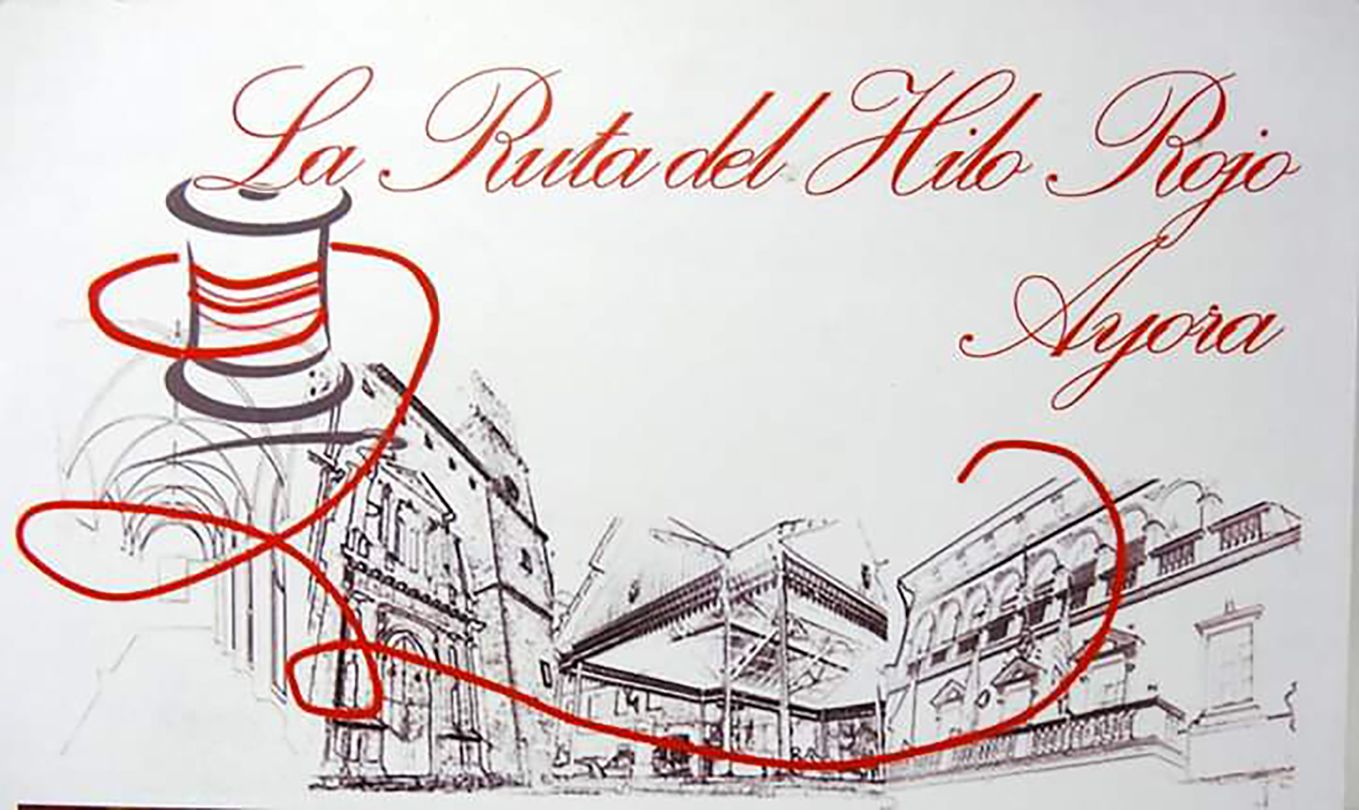
Visit to Ayora Castle
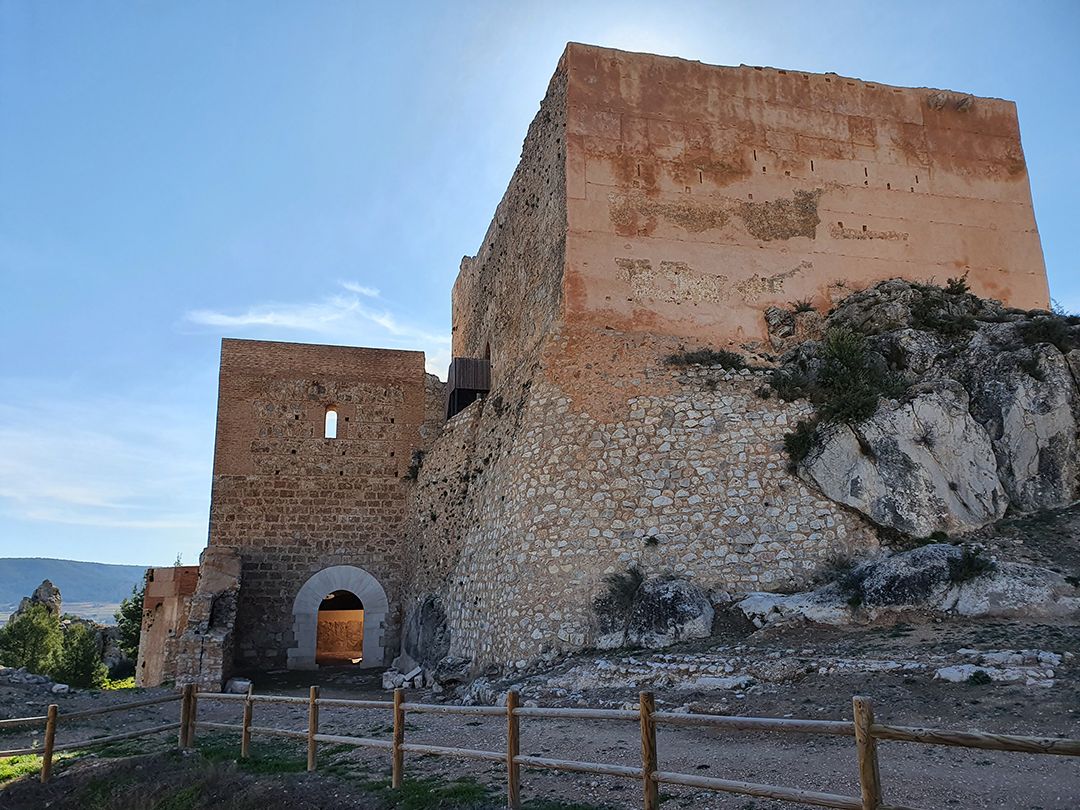
Route of the hermitages
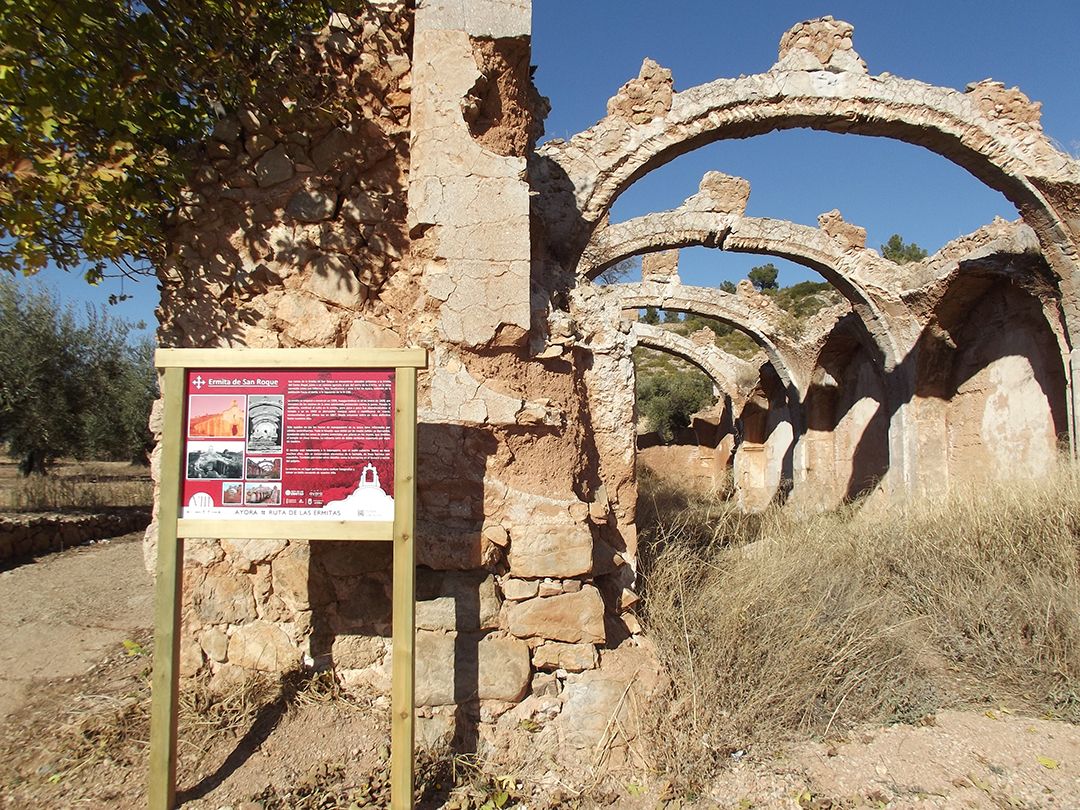
Castle of Mecca
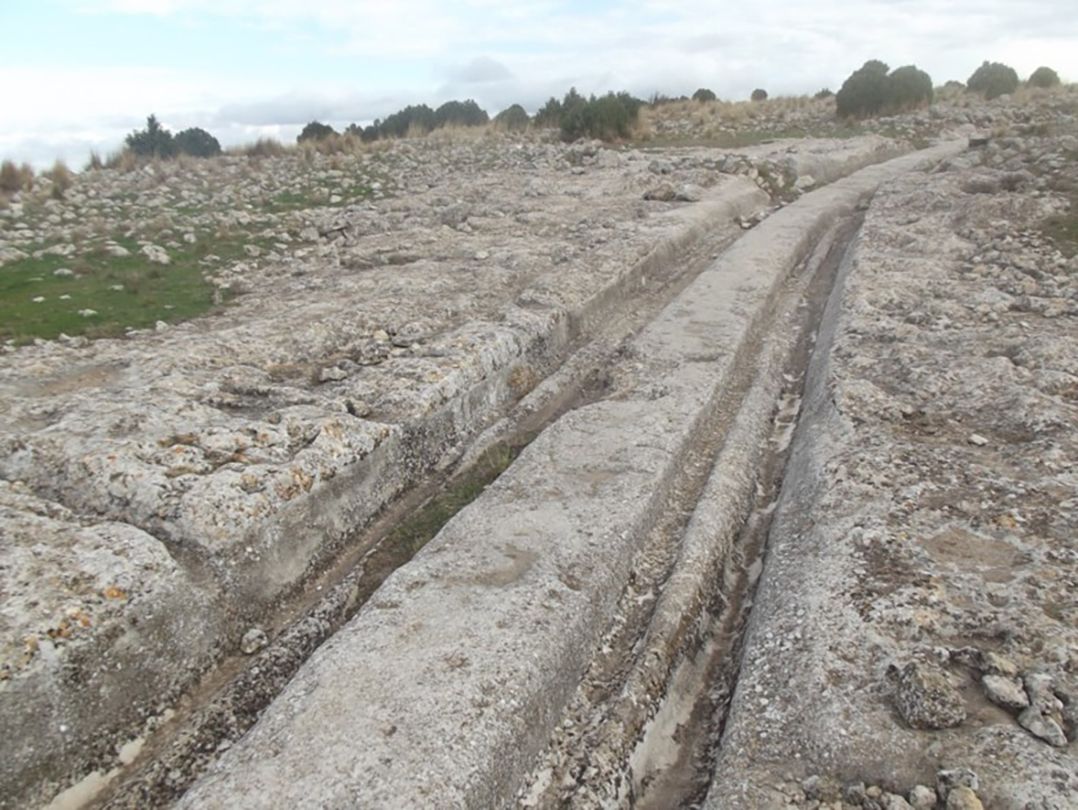
Other places of interestAyora
Tortosilla

Water Route
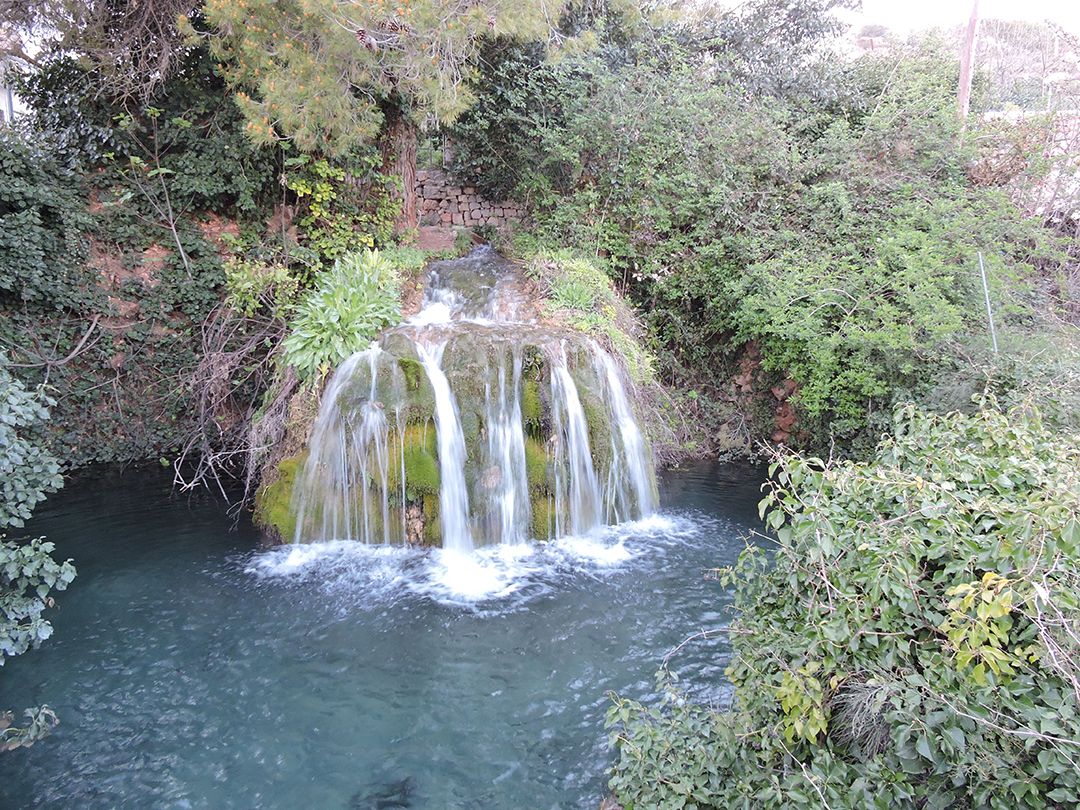
Montemayor Ornithological Route
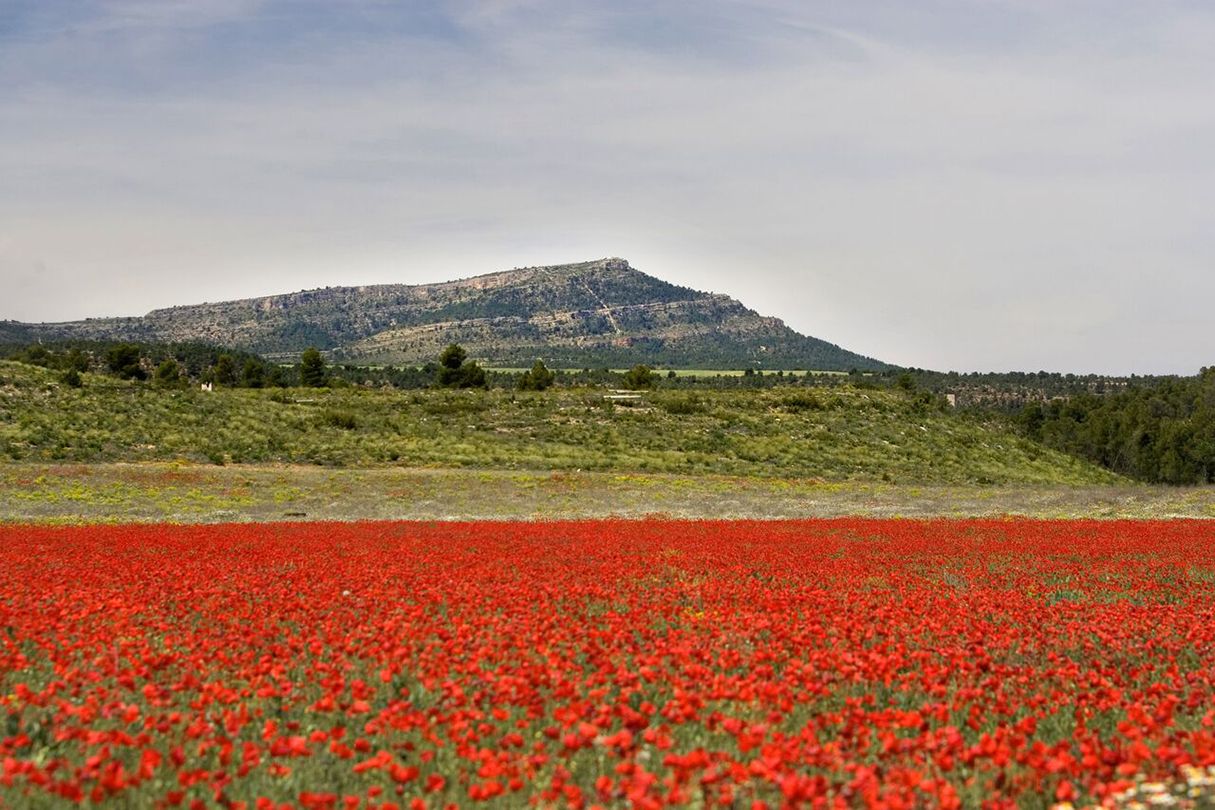
Route Hunde Palomera
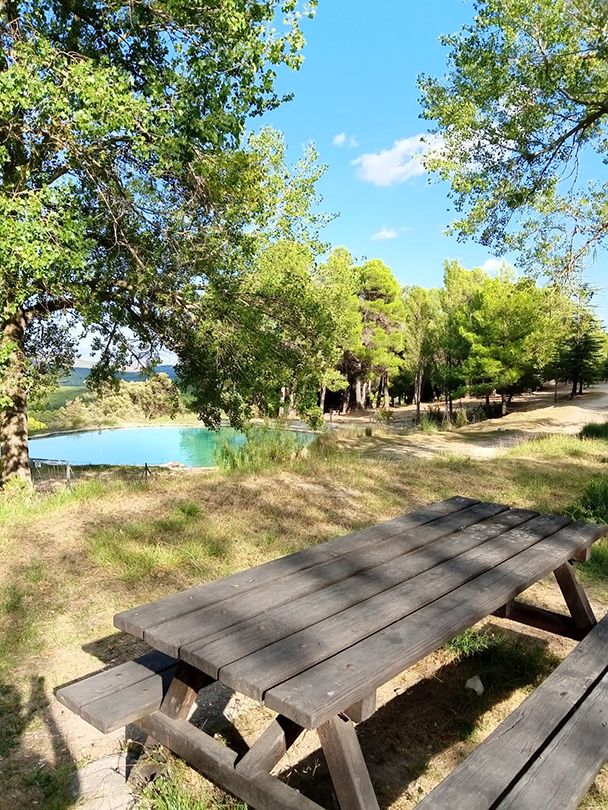
Family gymkhana
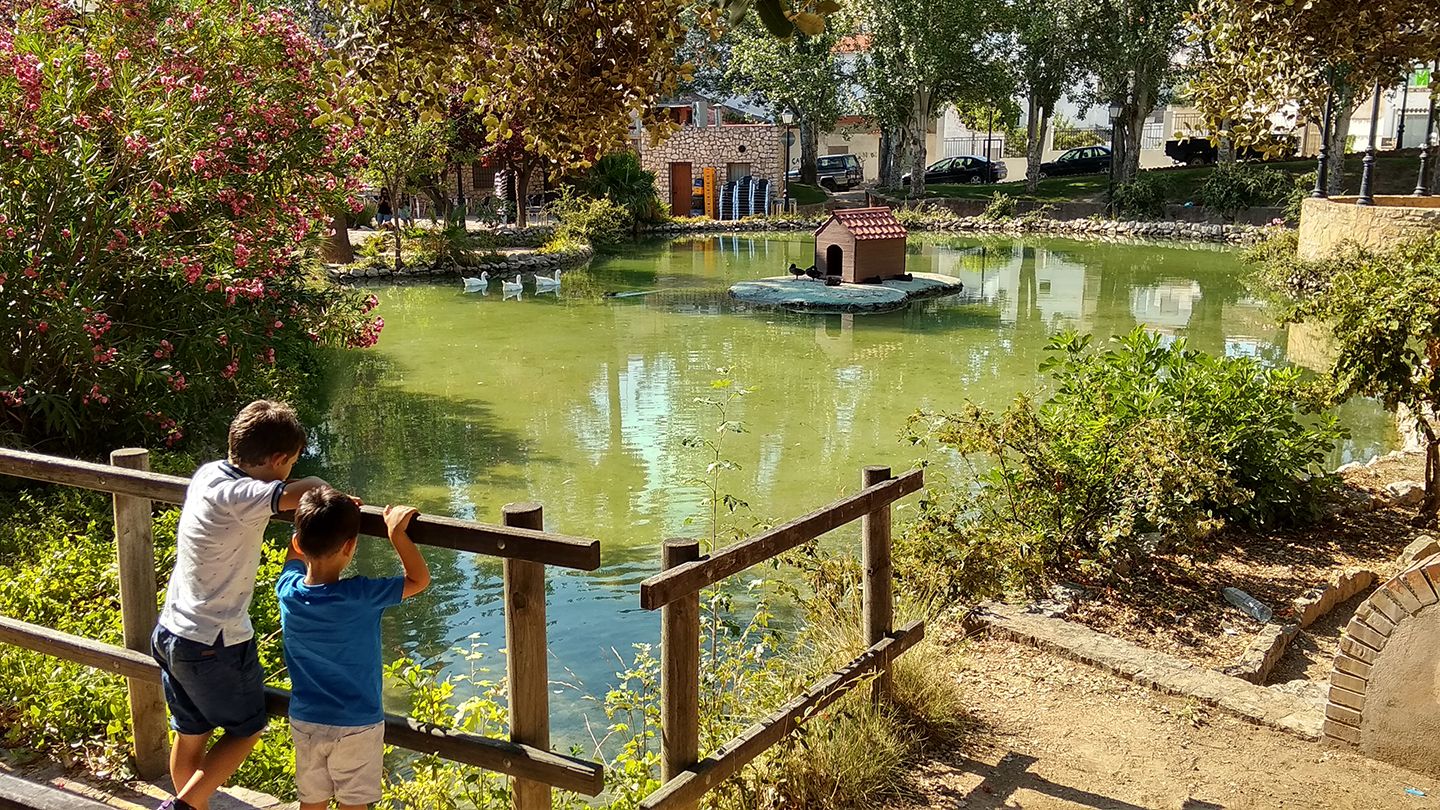
Sabinar Strait
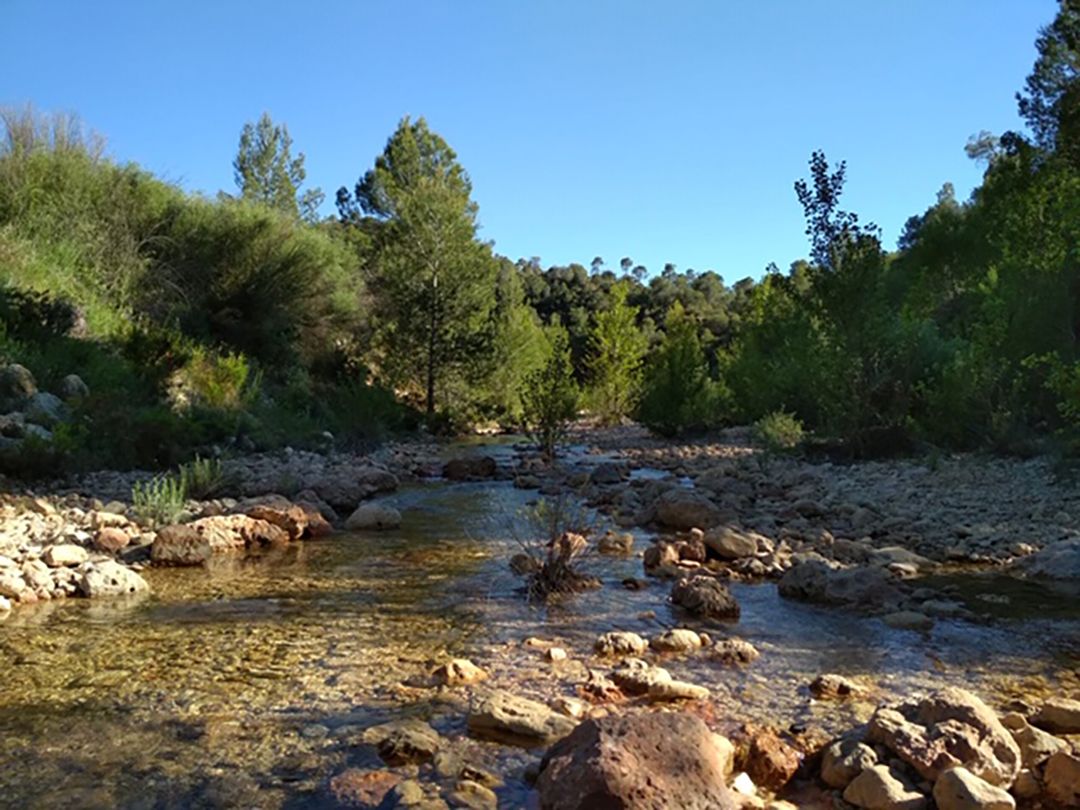
Calle San Francisco s/n (Casa de la Cultura), 46620 Ayora
Telf: 961890658
Email: ayora@touristinfo.net
Web: http://www.ayora.es
Schedule:
Mon, Fri, Sat and Sun from 10:00 a.m. to 1:30 p.m. Tuesday, Wednesday and Thursday from 10:00 a.m. to 1:00 p.m. Mon, Thu, Fri and Sat from 4:30 p.m. to 6:30 p.m.
